10 Great All-Weather Stocks
Wall Street pundits frequently pitch “defensive” stocks that should avoid steep losses in a downturn.


Wall Street pundits frequently pitch “defensive” stocks that should avoid steep losses in a downturn. Sounds terrific: stocks that stay afloat when the market is tanking! But if you want stocks that won’t keep you up at night, you may need to look beyond the usual sleepy suspects.
The classic way to play defense is to own utilities, phone companies and businesses that sell necessities, such as cereal or toothpaste. These firms tend to make money in just about all economic conditions, pay big dividends and usually sail through choppy markets without suffering a lot of damage.
But stability comes at a price, especially these days. Many defensive parts of the stock market look expensive, and their growth prospects are hardly impressive. Moreover, high dividend yields may not be enough to keep the stocks elevated if interest rates keep rising (because income seekers would likely swap the stocks for lower-risk bonds as their yields rise).
Our advice: Go for a mix of defensive stocks and companies with better growth prospects. The defensive holdings will likely pay off if the market takes a dip. Rising interest rates may pressure these stocks, but higher rates would probably coincide with strength in the economy, powering up shares of growth-oriented firms. With one exception, all of our picks pay dividends, resulting in a collective yield of 2.9%. Think of this as an all-weather lineup that can glide along smoothly in a rising market and avoid a nasty fall if stocks start to slide.
Stock prices and other data are as of November 30. Click on ticker-symbol links for current prices and more.

1. Automatic Data Processing
- Symbol: ADP
- Price: $96
- Market value: $43.3 billion
- Revenue: $11.9 billion
- Price-earnings ratio: 26
- Yield: 2.4%
The world’s largest payroll processor, ADP handles paychecks for 39 million workers in the U.S. and abroad. Big employers use the firm’s services and rarely switch to other payroll providers, giving ADP a reliable revenue stream. A rise in joblessness could pressure the stock. But ADP’s bottom line has proved sturdy. After peaking in calendar 2009, profits bottomed in 2010 after falling by just 2.6% as U.S. employment declined during the Great Recession, says Bank of America Merrill Lynch. The firm rates the stock a “buy,” describing ADP’s business as “highly resilient.”
ADP is now using its dominance in payrolls to sell more-profitable services, helping clients manage employee recruiting and benefits, such as health insurance and retirement plans. ADP’s profits may also get a lift from a jump in short-term interest rates. The company typically holds about $20 billion in client deposits for payrolls; a bump in short-term rates would hike the interest ADP earns from those funds. Analysts expect ADP’s profits to hit $3.66 per share in the fiscal year that ends in July 2017, up 13% from the previous year. That profit growth should deliver more than enough cash for ADP to continue its long dividend-raising streak, now 42 straight years.

2. Becton Dickinson
- Symbol: BDX
- Price: $169
- Market value: $35.9 billion
- Revenue: $12.5 billion
- Price-earnings ratio: 18
- Yield: 1.7%
Products such as catheters, syringes and insulin-injection kits make Becton Dickinson an indispensable supplier to hospitals and patients. Sales are rising as the company expands into emerging markets (now 15% of its business) and develops innovative products, says Allen Bond, comanager of Jensen Quality Growth Fund. For instance, Becton’s pen needles for diabetics improve the safety and accuracy of injections, and the firm recently won regulatory approval for a new syringe designed for patients with high insulin needs.
Becton’s sales are getting a lift, too, from its $12.2 billion merger with CareFusion, a supplier of drug-infusion pumps and other medical products. CareFusion’s pumps dovetail nicely with Becton’s needles-and-syringes business, creating an opportunity to boost sales of both, says Bond. The combined company aims to expand profits by 10% to 11% in the fiscal year that ends next September.
Becton’s stock could slump if Congress repeals or dramatically reduces the scope of Obamacare. The firm would also face setbacks if the dollar continues to climb (making profits earned in foreign currencies worth less when converted to greenbacks). But Becton’s prospects for steady, long-term growth look bright. Higher dividends should be coming, too, as Becton adds to its streak of 44 straight years of payout hikes.

3. Berkshire Hathaway
- Symbol: BRK.B
- Price: $157
- Market value: $387 billion
- Revenue: $217.8 billion
- Price-earnings ratio: 19
- Yield: 0.0%
The holding company headed by Warren Buffett has never paid a dime in dividends. But Buffett’s uncanny knack for picking stocks and buying other businesses has enriched longtime shareholders. Buffett, 86, will eventually cede control of Berkshire to his handpicked successors, a development likely to knock down the stock’s price. But Berkshire should still be a long-term winner.
Investing with Buffett now gets you a piece of a company that touches just about every part of the economy. Berkshire’s portfolio includes stocks that it has held for ages, such as American Express and Coca-Cola, along with recent additions, such as Apple, Phillips 66 and United Continental. The firm’s underlying businesses range from insurance (Geico) to aviation parts (Precision Castparts) and rail transport (Burlington Northern Santa Fe). Berkshire also owns nearly one-third of Kraft Heinz Foods and sits on $68.2 billion in cash and securities.
At today’s price, Berkshire trades at 1.4 times book value (assets minus liabilities). Buffett has said that he would buy back stock if it fell to 1.2 times book, or about $131 per share based on the book value reported as of September 30. That puts a floor on the stock’s potential losses, says Mark DeVaul, comanager of the Hennessy Equity and Income Fund. The stock is more likely to keep climbing, though, as Berkshire’s profits mount.
TAKE THE QUIZ: How Well Do You Know Warren Buffett?

4. Constellation Brands
- Symbol: STZ
- Price: $151
- Market value: $30.4 billion
- Revenue: $7.1 billion
- Price-earnings ratio: 21
- Yield: 1.1%
Constellation is thriving as Americans lap up Mexican-brewed suds. It sells wine and spirits, too, including such major brands as Robert Mondavi and Svedka vodka. But its Mexican beers are the growth engine, fueled by demand among Hispanic Americans and a thirst for imported brews overall. Led by Corona and Modelo, two of the top-selling import brands in the U.S., the firm’s beer revenues climbed 20% during the six-month period that ended in August 2016, compared with the same period a year earlier. Constellation is now ramping up production, expanding a brewery in Mexico and building an enormous new one near the border with California, its largest beer market.
Trading at 21 times estimated earnings, Constellation is a bit cheaper than rival Anheuser-Busch Inbev (with a price-earnings ratio of 23). And Constellation is growing faster, and its profit margins are inching up. S&P Global Markets analyst Joseph Agnese rates the stock a “strong buy,” based on robust sales of beer, new beverage products and recent acquisitions, such as craft brewery Ballast Point and the Prisoner Wine Co. Over the next 12 months, he expects the stock to hit $207.

5. Brookfield Infrastructure Partners
- Symbol: BIP
- Price: $32
- Market value: $10.9 billion
- Revenue: $1.9 billion
- Price-earnings ratio: 10
- Yield: 5.0%
Even if the economy slows, people will still make use of ports, railroads and toll roads. Brookfield owns those kinds of businesses in the U.S. and other countries, along with utilities and other infrastructure assets, such as natural-gas pipelines in Brazil and cell-phone towers in France. Revenues flow from tariffs, tolls and other steady sources. Structured as a limited partnership, the firm shells out almost all of its income to investors, and its payouts have climbed steadily, increasing an average of 12% a year since 2009.
Brookfield is also investing to power up growth. It recently acquired a group of Australian ports as well as Peruvian toll roads and a North American gas-storage business. Brookfield aims to spend $1.1 billion on Brazilian gas-and-electric utility projects, and it’s expanding into such areas as fiber-to-the-home and “smart meter” projects.
With operations around the world, Brookfield could take some hits if the dollar continues to appreciate. Steeper interest rates would also pressure the stock. But its distributions look secure and are likely to climb steadily. One note: Partnerships such as Brookfield issue complex K-1 tax forms that can make the stocks a headache to own.

6. Digital Realty Trust
- Symbol: DLR
- Price: $92
- Market value: $14.9 billion
- Revenue: $2.1 billion
- Price-earnings ratio: 16*
- Yield: 3.8%
One of the largest owners and developers of data centers—giant, climate-controlled spaces that house thousands of computer servers—Digital Realty is profiting from technology’s rising role in the economy. Demand for data centers is climbing as mobile data, video and internet traffic rise by more than 20% a year. Consumers and companies are also storing more digital content on cloud-based servers, fueling data-center demand.
With more than 140 data centers in the U.S., Europe and Asia, Digital rents space to global companies such as Facebook, IBM and J.P. Morgan Chase. The firm is now layering on services for customers to exchange data with each other, improving the reliability and speed of data transfers. Digital bought data center firm Telx in 2015 to expand into these services, and it purchased eight data centers in Europe in 2016, moves that should help the firm retain and attract more clients.
Digital issues lots of debt and would face higher financing costs if long-term interest rates were to climb sharply. But a dividend yield of 3.8% would help cushion the blow should its stock slump. As a real estate investment trust, Digital must distribute at least 90% of its taxable earnings as dividends, which are likely to rise as its business expands.
*Based on price to funds from operations.

7. Fidelity National Information Services
- Symbol: FIS
- Price: $77
- Market value: $25.3 billion
- Revenue: $8.7 billion
- Price-earnings ratio: 18
- Yield: 1.3%
Banks rely heavily on technology to process checks, manage payments and automate other aspects of their business. Fidelity (no relation to the mutual fund firm) provides these tech-backbone services to more than 20,000 financial customers, handling everything from ATM operations to automatic loan payments. Sales are climbing as banks upgrade their technology and expand into new areas, such as internet and mobile banking. Fidelity is also growing through acquisitions. The company paid $9.1 billion in 2015 for SunGard Data Systems, a maker of financial-services software aimed at trading and money-management firms.
A slowdown in the banking industry would threaten Fidelity’s business. Weakness in Europe or Latin America (areas that Fidelity is targeting) could also hamper the firm. But as long as the financial industry remains healthy, Fidelity’s sales are likely to climb. Wall Street analysts see profits hitting $4.40 per share in 2017, up 15% from expected 2016 earnings. “It’s a great business with solid growth,” says David Marcus, manager of the Evermore Global Value Fund.

8. Johnson & Johnson
- Symbol: JNJ
- Price: $111
- Market value: $302.8 billion
- Revenue: $71.6 billion
- Price-earnings ratio: 16
- Yield: 2.9%
The global health care giant sells everything from its namesake shampoo to Band-Aids and Tylenol. Its pharmaceutical division hauls in more than $31 billion a year, led by Remicade, a top-selling drug for rheumatoid arthritis, Crohn’s disease and other ailments. In addition, sales of medical devices bring in more than $25 billion in annual revenues.
Analysts see J&J’s profits climbing by 6.1% in 2017 as sales top $70 billion. That’s respectable growth for such an enormous firm. And profit growth could accelerate as investments in new drugs start to pay off. By 2019, J&J expects to win regulatory approval for 10 medicines that it estimates could eventually pull in more than $1 billion each in annual sales.
With about $40 billion in cash and securities on its balance sheet—and a rare triple-A credit rating—J&J’s finances look spectacular. The firm could use its financial muscle to buy other businesses. J&J should also continue its 54-year-long streak of annual dividend increases.

9. Magellan Midstream Partners
- Symbol: MMP
- Price: $69
- Market value: $15.8 billion
- Revenue: $2.2 billion
- Price-earnings ratio: 19
- Yield: 4.8%
Magellan owns the nation’s longest pipeline for refined products such as gasoline and diesel fuel, spanning 9,700 miles and 53 terminals. Producers sign long-term, fee-based contracts to ship their output through Magellan’s pipes. That limits the firm’s exposure to short-term swings in energy prices. Revenues slipped just 5% in 2015 as oil slid from a peak of $107 a barrel to $27. Firmly in recovery mode, Magellan’s sales should climb by 9% in 2017, to $2.4 billion, according to analysts’ estimates.
As a master limited partnership, Magellan aims to pay out almost all of its cash profits as distributions. The stock’s 4.8% yield trails far behind the 7.4% average for energy MLPs. But Magellan’s finances are solid enough that it isn’t likely to issue more stock to fund an expansion. Magellan plans to spend $1.4 billion through 2018 on new pipelines and other “growth projects,” such as a 50,000-barrel-per-day processing plant in Corpus Christi, Texas. As these projects bring in revenues, they should help Magellan boost its payout, which the firm aims to increase by 8% in 2017 (following a 10% hike in 2016).

10. Marine Harvest
- Symbol: MHG
- Price: $18
- Market value: $8.5 billion
- Revenue: $3.6 billion
- Price-earnings ratio: 13
- Yield: 5.6%
Based in Norway, Marine Harvest produces more than 414,000 metric tons of farmed salmon a year, enough for about 6 million meals per day. Farmed salmon tends to be less costly than the wild variety, and global demand is rising. Marine runs fisheries in Canada, Chile, Scotland and countries in Asia, and it handles its own processing, packaging and shipping. The firm is also targeting Japan’s lucrative sushi market with a premium fish, called Mowi salmon, that it cultivates in separate farms with a special feed.
Marine’s aqua-farming business poses some unique risks. Scourges such as algae blooms and sea lice could wipe out an entire fishery’s production run. Prices could slump if global supplies exceed demand. And Marine Harvest’s U.S.-traded shares could slip if Norway’s stock market were to slump or if its currency, the krone, were to weaken against the dollar.
Despite these issues, the stock looks compelling, says Evermore fund manager Marcus. After a rough 2016, Marine should see profits rise by 65% in 2017. Moreover, Marine aims to pay out at least 75% of its annual cash profits (after capital expenditures and other expenses) as dividends. Payouts amounted to $1.01 per share over the past 12 months, equal to a 5.6% yield.
Profit and prosper with the best of Kiplinger's advice on investing, taxes, retirement, personal finance and much more. Delivered daily. Enter your email in the box and click Sign Me Up.

-
 States That Tax Social Security Benefits in 2026
States That Tax Social Security Benefits in 2026Retirement Tax Not all retirees who live in states that tax Social Security benefits have to pay state income taxes. Will your benefits be taxed?
-
 QUIZ: What Type Of Retirement Spender Are You?
QUIZ: What Type Of Retirement Spender Are You?Quiz What is your retirement spending style? Find out with this quick quiz.
-
 How to Avoid the Financial Quicksand of Early Retirement Losses
How to Avoid the Financial Quicksand of Early Retirement LossesSequence of returns — experiencing losses early on — can quickly deplete your savings, highlighting the need for strategies that prioritize income stability.
-
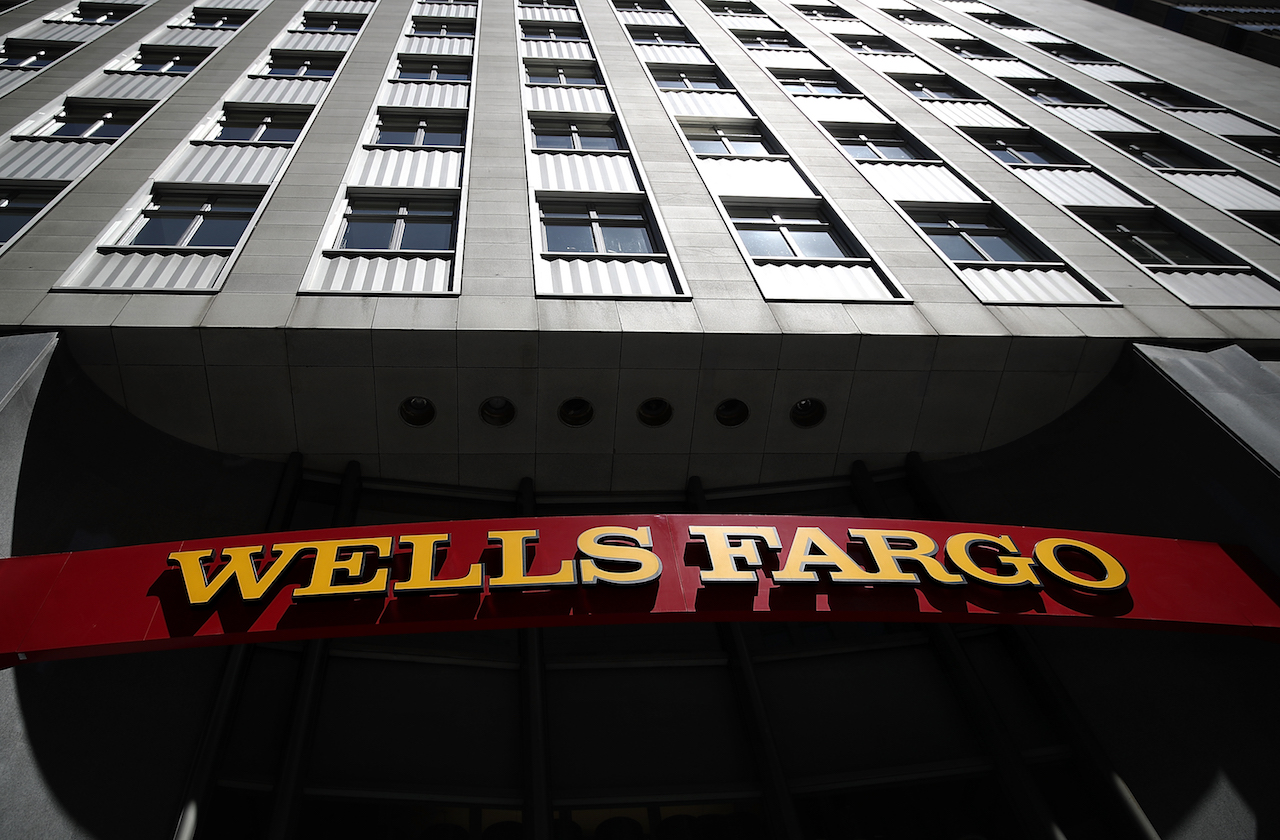 Why Wells Fargo's Revenue Miss Isn't Worrying Wall Street
Why Wells Fargo's Revenue Miss Isn't Worrying Wall StreetWells Fargo is one of the best S&P 500 stocks Wednesday even after the big bank's top-line miss. Here's what you need to know.
-
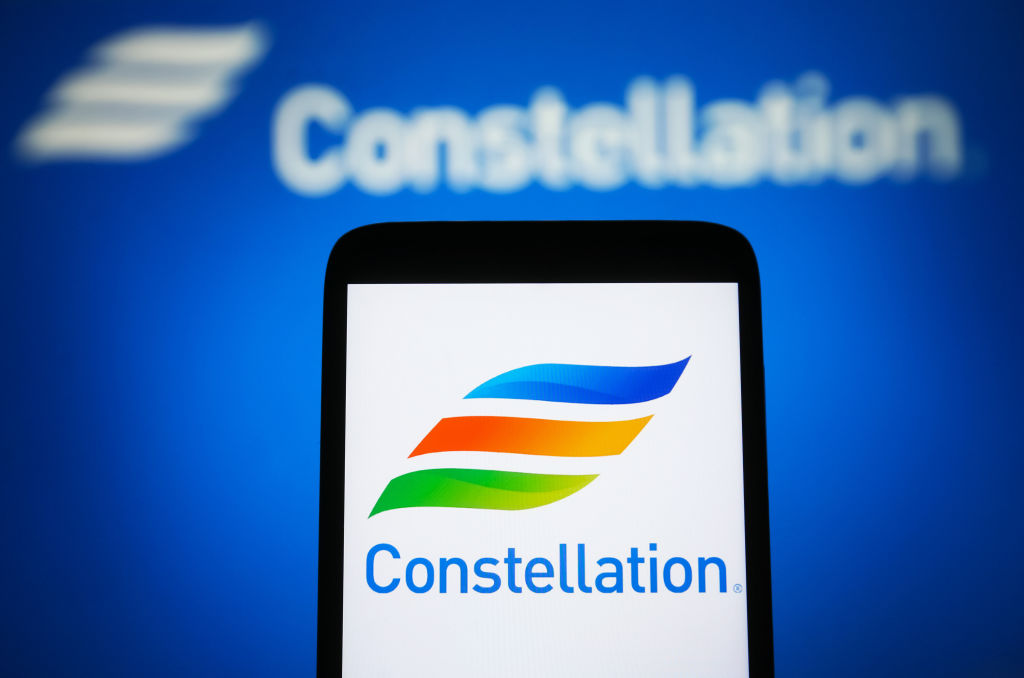 Constellation Energy Stock Soars on Its $26 Billion Buy. Here's Why Wall Street Likes the Deal
Constellation Energy Stock Soars on Its $26 Billion Buy. Here's Why Wall Street Likes the DealConstellation Energy is one of the best S&P 500 stocks Friday after the utility said it will buy Calpine in a cash-and-stock deal valued at $26 billion.
-
 The 24 Cheapest Places To Retire in the US
The 24 Cheapest Places To Retire in the USWhen you're trying to balance a fixed income with an enjoyable retirement, the cost of living is a crucial factor to consider. Is your city the best?
-
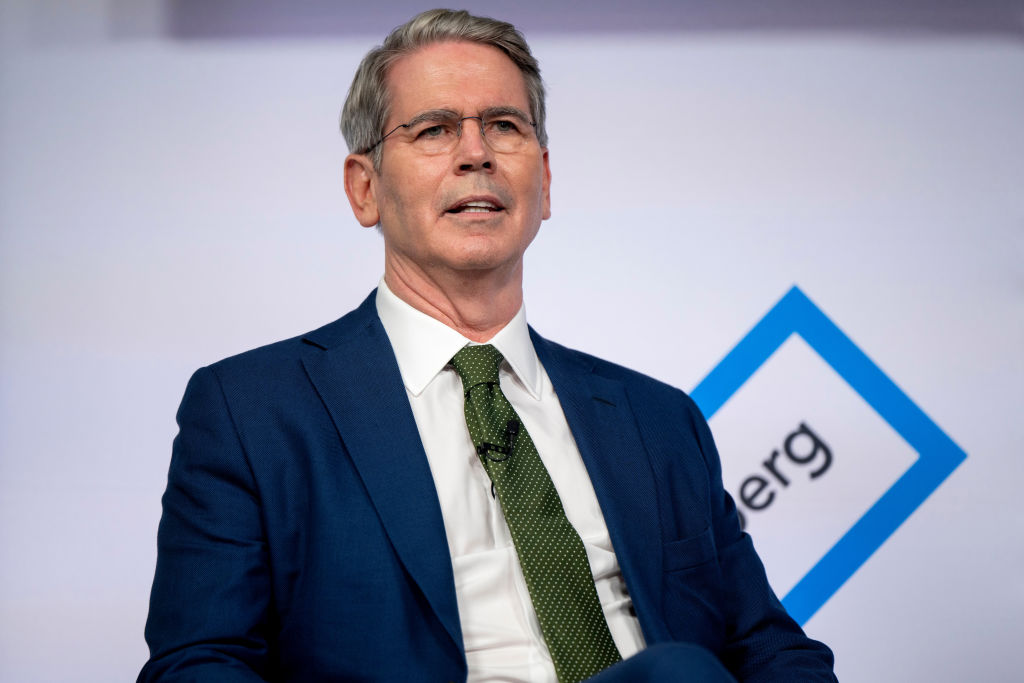 What Scott Bessent's Treasury Secretary Nomination Means for Investors
What Scott Bessent's Treasury Secretary Nomination Means for InvestorsMarkets are reacting positively to Trump's nomination of Scott Bessent for Treasury secretary. Here's why.
-
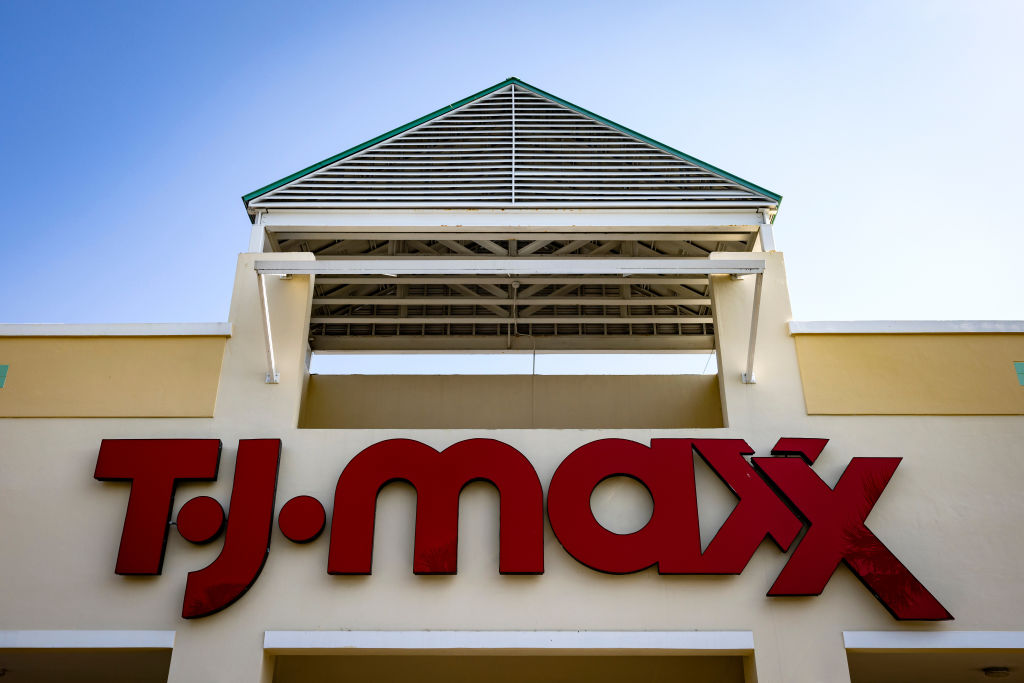 TJX Stock: Wall Street Stays Bullish After Earnings
TJX Stock: Wall Street Stays Bullish After EarningsTJX stock is trading lower Wednesday despite the TJ Maxx owner's beat-and-raise quarter, but analysts aren't worried. Here's why.
-
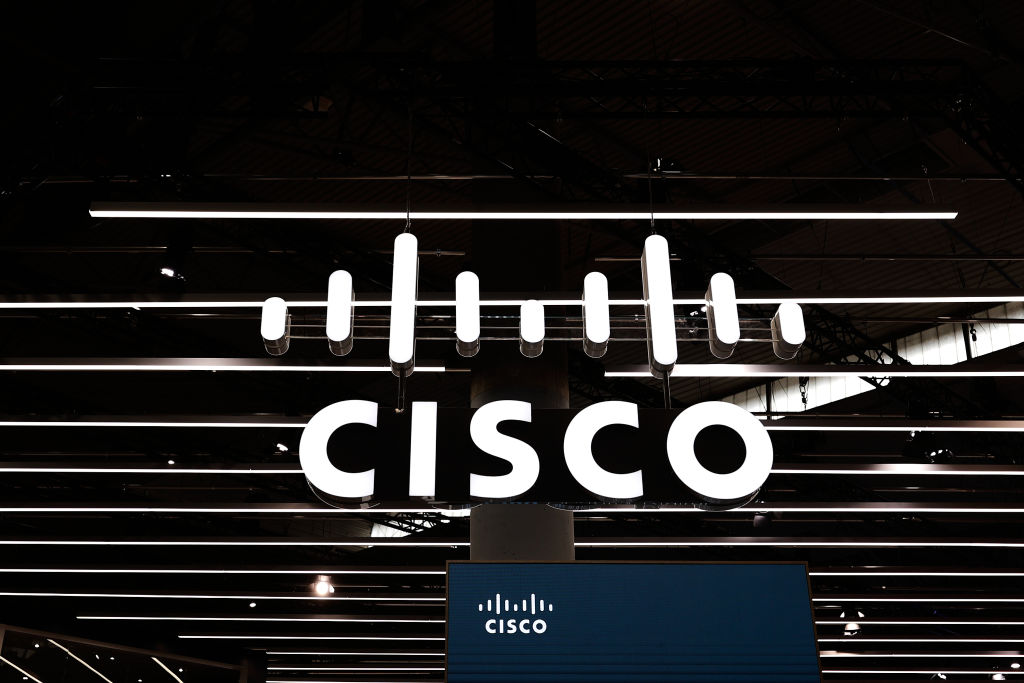 Cisco Stock: Why Wall Street Is Bullish After Earnings
Cisco Stock: Why Wall Street Is Bullish After EarningsCisco stock is lower Thursday despite the tech giant's beat-and-raise quarter, but analysts aren't concerned. Here's what you need to know.
-
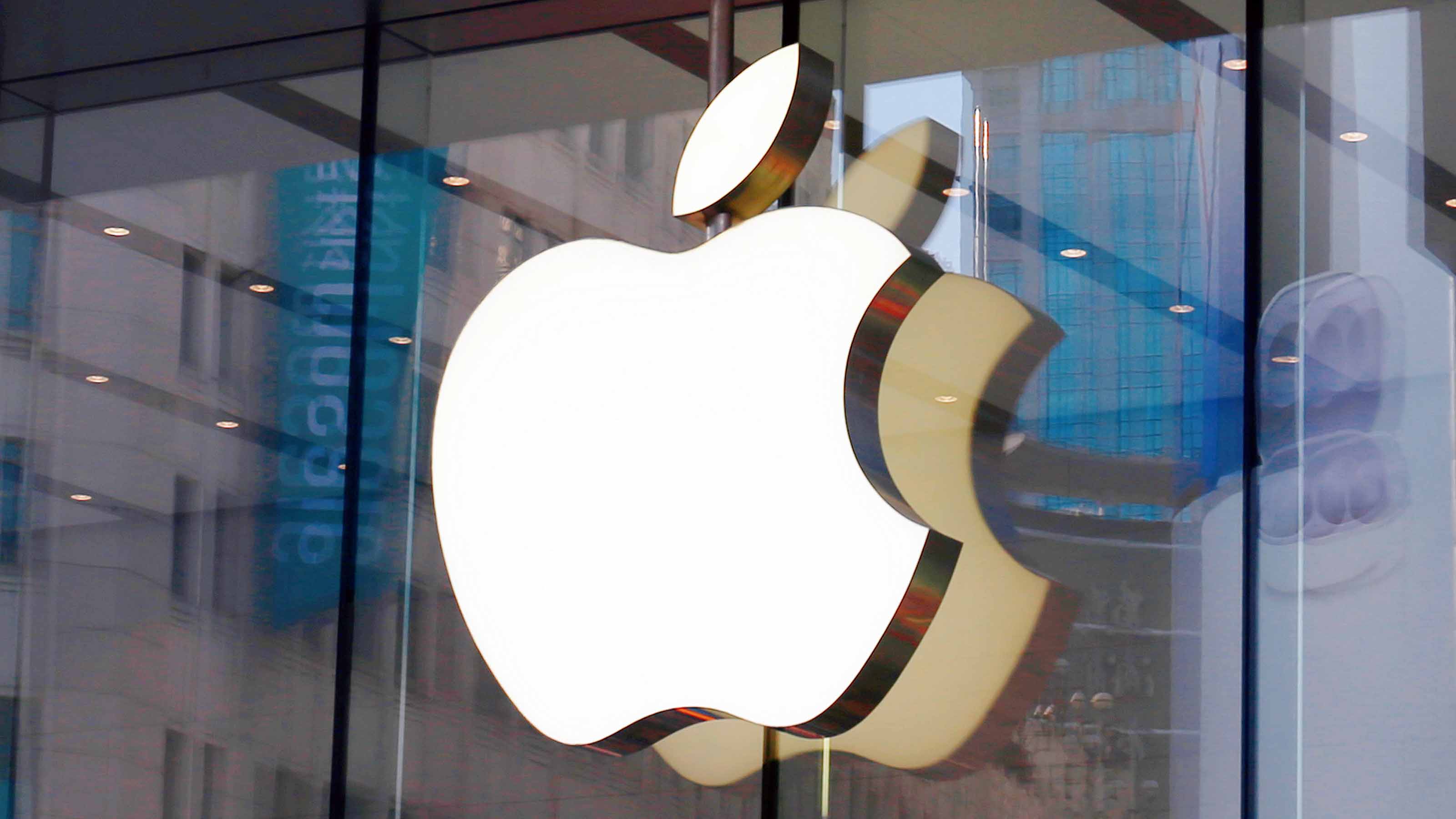 Apple Stock Slips After Earnings. Wall Street Isn't Worried
Apple Stock Slips After Earnings. Wall Street Isn't WorriedApple stock is trading lower Friday despite the iPhone maker beating expectations for its fiscal fourth quarter, but analysts are still bullish.
-
 Tesla's Robotaxi Event: What Wall Street Expects
Tesla's Robotaxi Event: What Wall Street ExpectsTesla’s robotaxi event kicks off next week. Here’s what Wall Street expects to see and how analysts feel about the stock heading into the event.
